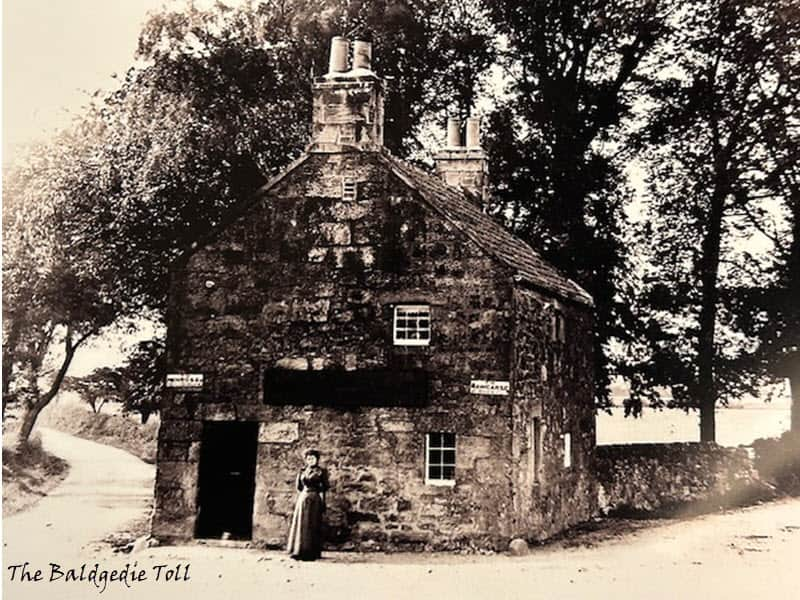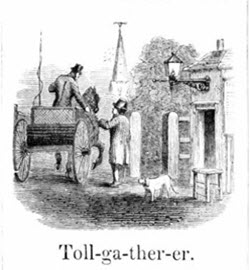If have you an ancestor who was a tollkeeper or gatekeeper in your family tree, then you have discovered an interesting occupation linked to Scotland’s roads.
A Different Kind of Journey
Before the introduction of modern roads and motorways, travel in Scotland was very different. In fact, roads were frequently interrupted by gates and small cottages. These house were occupied by tollkeepers who collected money from travellers before allowing them to pass through.
Although this old occupation no longer exists, this once-essential occupation played a vital part in maintaining Scotland’s roads.
The History of Scotland’s Roads
By the early 18th century, many of Scotland’s roads were in poor condition. They were muddy, impassable, and badly maintained. Individuals parishes were responsible for the upkeep of their roads but they had limited resources.
When trade, travel, and communication started to expand, particularly with the growth of stagecoach services, there was increasing demand for a more reliable road network. In response, Parliament began passing Turnpike Acts, which authorised the creation of turnpike trusts.
These trusts were local bodies, typically made up of landowners, merchants, and town officials. They had legal powers to charge tolls and consequently, they maintained and improved the roads.
The term “turnpike” comes from the pike or barrier that turned aside once a toll had been paid. The first Scottish Turnpike Act was passed in 1713, with widespread adoption gaining pace from the 1750s, particularly in central and southern Scotland.
What Did Turnpike Trusts Do?
Each turnpike trust operated under an Act of Parliament, usually for a 21-year period, and could be renewed as needed. Their responsibilities included:
- Surveying and improving roads
- Building toll houses and gates
- Setting toll charges
- Hiring tollkeepers and labourers
In some areas, toll rights were auctioned to the highest bidder, who paid a fixed amount to the trust and kept any additional profit. This system was widely used. However, it had the potential for abuse.
At one time, there were over 140 turnpike trusts operating in Scotland and over 1000 in the UK. Well-known routes included the Great North Road, the Edinburgh to Glasgow road, and various Highland roads constructed under early military initiatives.
Tolls were usually charged based on the number of wheels on a vehicle, the number of animals, or the goods being carried. Pedestrians were often exempt, but drovers, wagons, and commercial travellers were not.
Who was the Tollkeeper?
Tollkeepers were employed by the trust to operate the gate and collect tolls. Their pay was modest and included accommodation in a toll house located at strategic points on a busy road.
These cottages or houses were marked as “TP” (for turnpike) on historical maps.
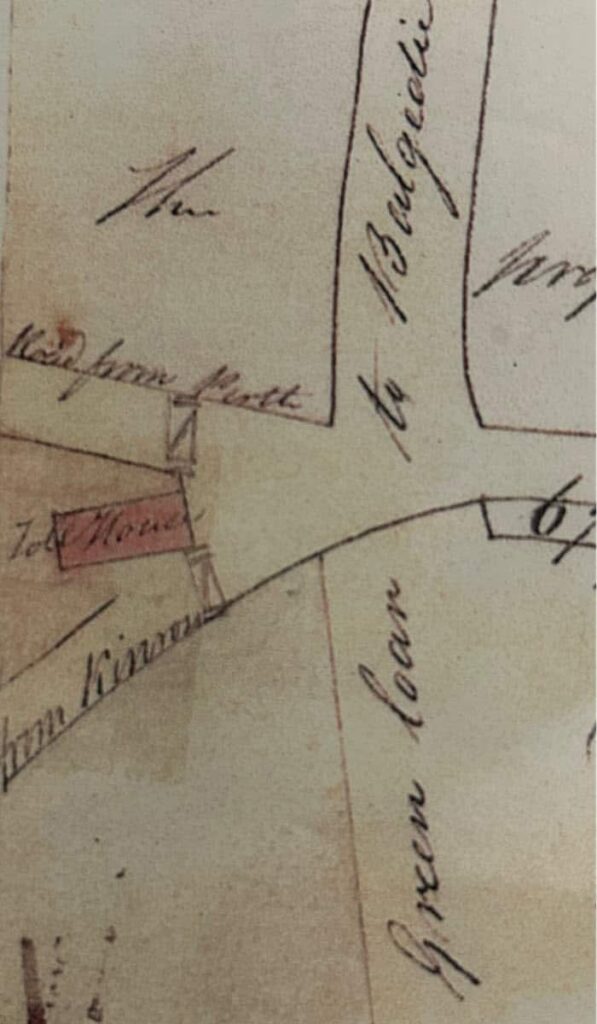
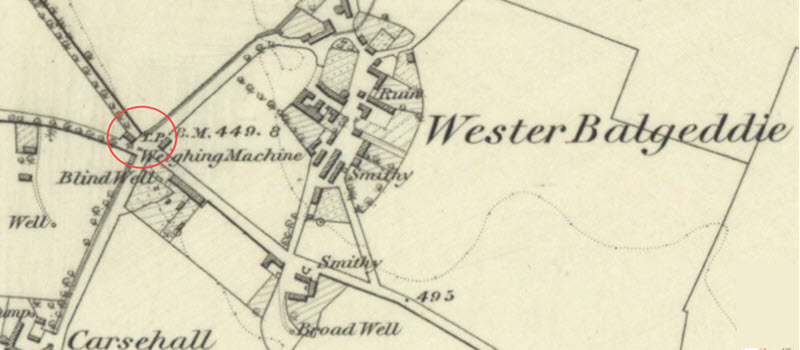
Toll houses were usually small but featured distinctive angled bay windows, designed to give the tollkeeper a clear view of the road in both directions. The house was not just a workplace, it was also a family home.
In addition to collecting tolls, tollkeepers were responsible for:
- Keeping records of tolls collected
- Operating and maintaining the toll gate
- Monitoring for toll evasion
The Decline of Tollkeepers in Scotland
Turnpike roads were profitable during the height of the stagecoach era. However, by the mid-19th century, things began to change. The expansion of the railways provided faster and cheaper travel alternatives, and public opposition to road tolls grew.
Gradually, local authorities began to take over road maintenance. The Highways and Locomotives Act (Scotland) 1878 helped pave the way for this transition. By 1883, nearly all toll gates in Scotland had been removed, and this old occupation faded into history.
Tollkeepers in Family History Research
Today, many former toll houses still stand across rural Scotland. Some have been converted into private homes or even pubs such as the Balgedie Toll Tavern in the parish of Orwell in Kinross-shire. By the way, the food is lovely there – well worth a visit.
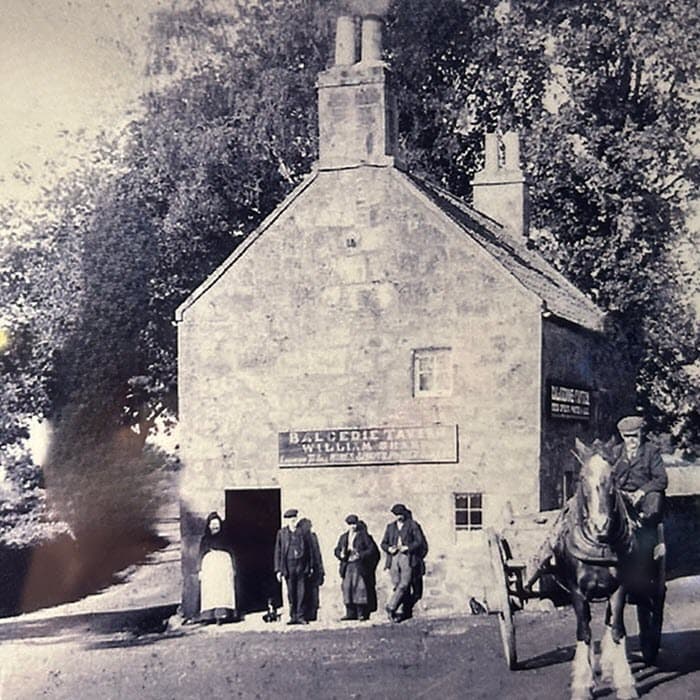

If your ancestor was a tollkeeper, you may find them in:
- Census returns, often listed at addresses with “Toll House,” “Turnpike Gate,” or “Gatekeeper’s Cottage”
- Wills and testaments
- Birth, marriage or death registers
- Valuation rolls
- Turnpike trust records at local authority archives
- Newspapers, particularly for notices about toll auctions or disputes
In conclusion, the tollkeeper was a key figure in Scotland’s transport history. Their quiet role helped to make the roads passable for trade, travel, and connection, long before buses and motorways shaped today’s transport network.
At Unlock Your Past, I enjoy uncovering the lives of ordinary Scots, such as tollkeepers, innkeepers and other occupations. If this old occupation appears in your Scottish family tree, then I would be happy to help you further – just get in touch.
Until my next post, haste ye back.
Enjoyed this post?
Keep up-to-date with my latest posts and tips below:
We hate SPAM & promise to keep your details safe.
You may also like...
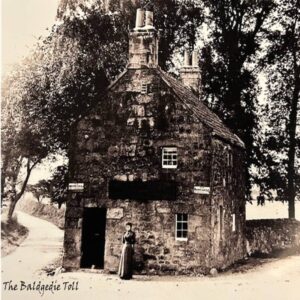
The Life of a Tollkeeper
A tollkeeper was a person who collected road fees from travellers. This old occupation was prominent during the 18th and 19th centuries.

Cameron Surname: Origin, Meaning & History
The Cameron surname has Gaelic origins and it is associated with Clan Cameron, one of the most influential Highland clans.
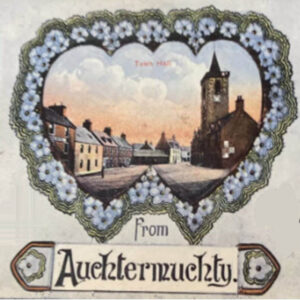
Ancestral Visit to Auchtermuchty, Fife
Auchtermuchty in Fife is known as Muchty to locals. What does Stratheden Whisky, Jimmy Shand and the Proclaimers have in common?
